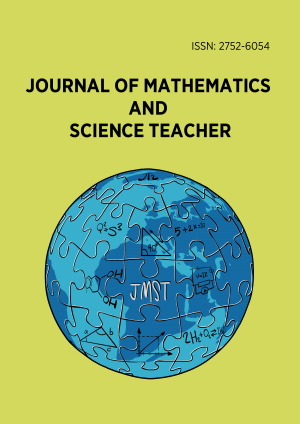Abstract
Physics is considered by students as a difficult subject to learn because some physics concepts look like abstracts to students. Electrostatics is the one concept that challenges the students due to its abstract and difficulty to learn. This study aimed to assess the impact of using physics education technology (PhET) simulation on the conceptual understanding of electrostatics within the selected secondary schools of the Muhanga District. A quasi-experimental design was used to investigate the effect of PhET simulations on the conceptual understanding of electrostatics. The study explored the interaction between students and teachers when electrostatics is presented using PhET Simulation. Two groups were used, one group called the control group, which taught by using the traditional method of teaching and the experimental group was taught using PhET simulations. Pre- and post-test were administered to both the control and experimental group. Independent sample t-test results have shown that there was no significant difference in the mean score for the pre-test for both the control and experimental group (p>0.01) while there was a significant difference between the mean score for students in the experimental group and the control group after the intervention. The study used a paired sample t-test to determine whether there is a significant difference in the mean score in the pre- and post-test for the experimental group, the results showed that there is a significant difference in pre- and post-test scores (p<0.01). On the other hand, the observation showed that the interaction between students and teachers increased when PhET simulation was used as an ICT tool. These results show that the use of PhET simulation has an improvement on the conceptual understanding of electrostatics for students taught using this PhET simulation. The study recommends physics teachers use PhET simulation to teach abstract concepts like electrostatics to improve students’ conceptual understanding. Further, they should create an environment, where students can learn difficult concepts with the help of PhET simulation to motivate and engage them for a better conceptual understanding of the concepts.
License
This is an open access article distributed under the Creative Commons Attribution License which permits unrestricted use, distribution, and reproduction in any medium, provided the original work is properly cited.
Article Type: Research Article
Journal of Mathematics and Science Teacher, Volume 3, Issue 2, 2023, Article No: em045
https://doi.org/10.29333/mathsciteacher/13595
Publication date: 20 Aug 2023
Article Views: 2889
Article Downloads: 6110
Open Access References How to cite this article
 Full Text (PDF)
Full Text (PDF)